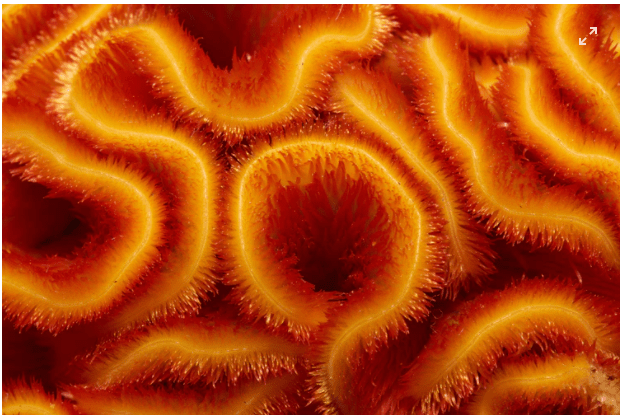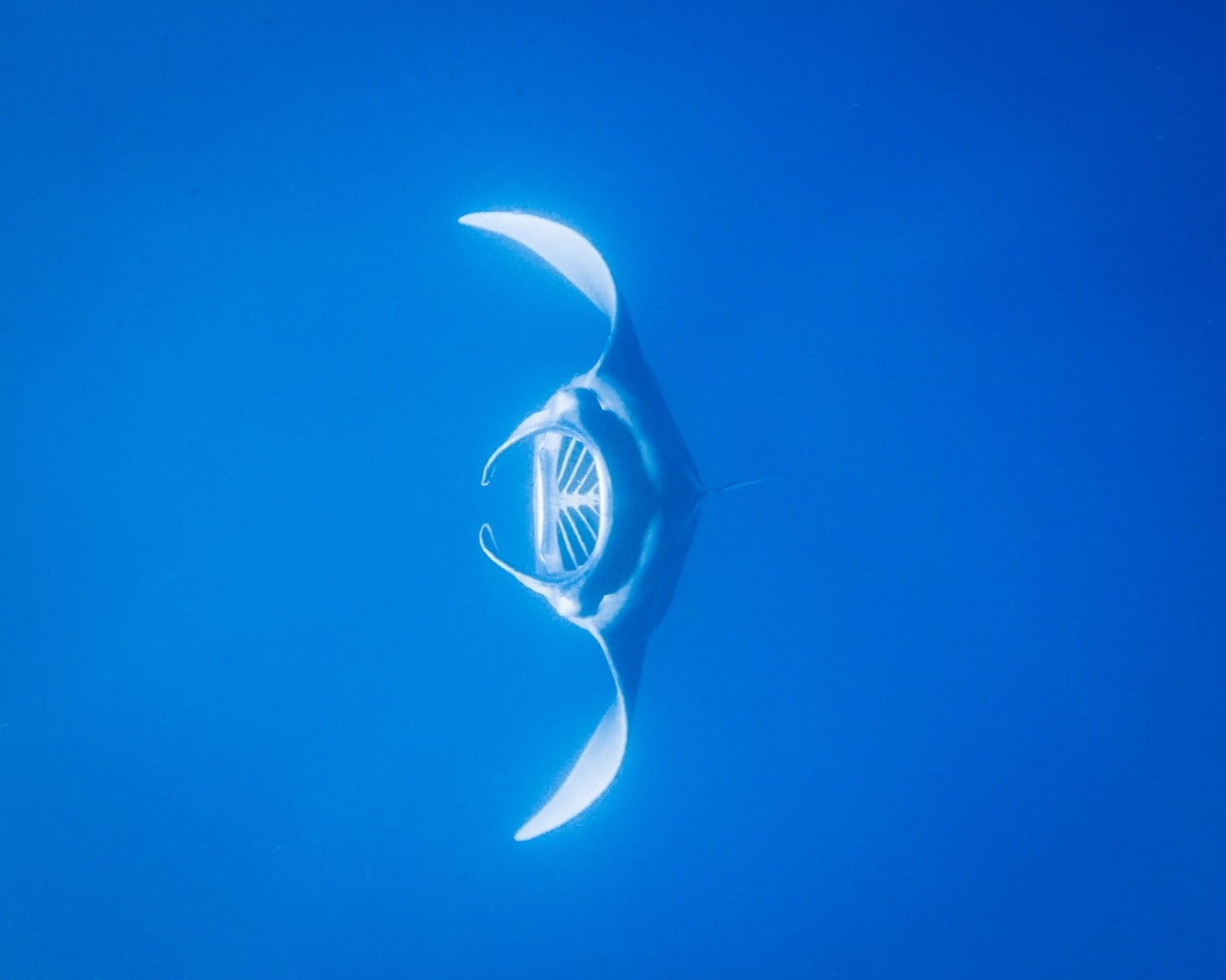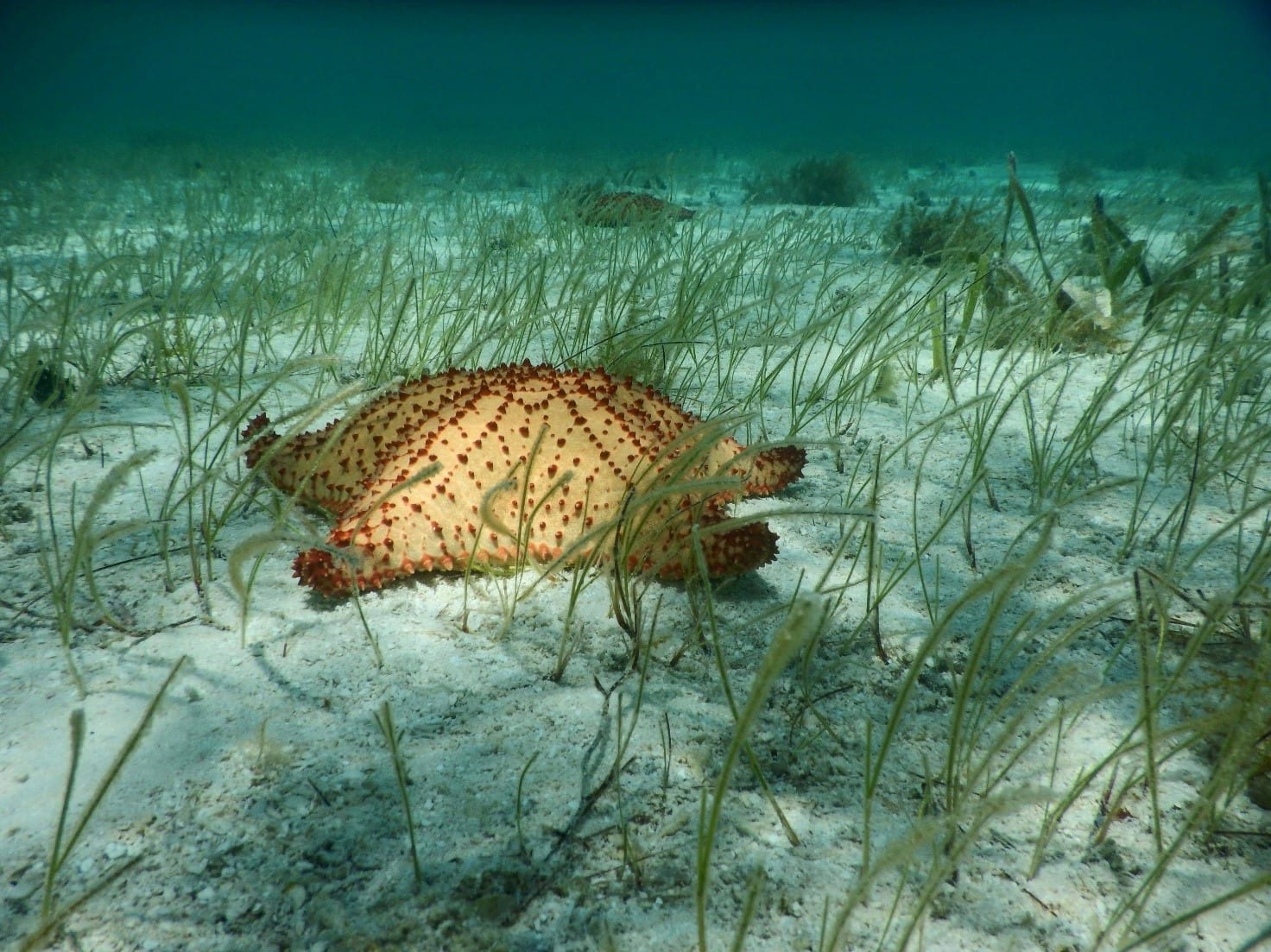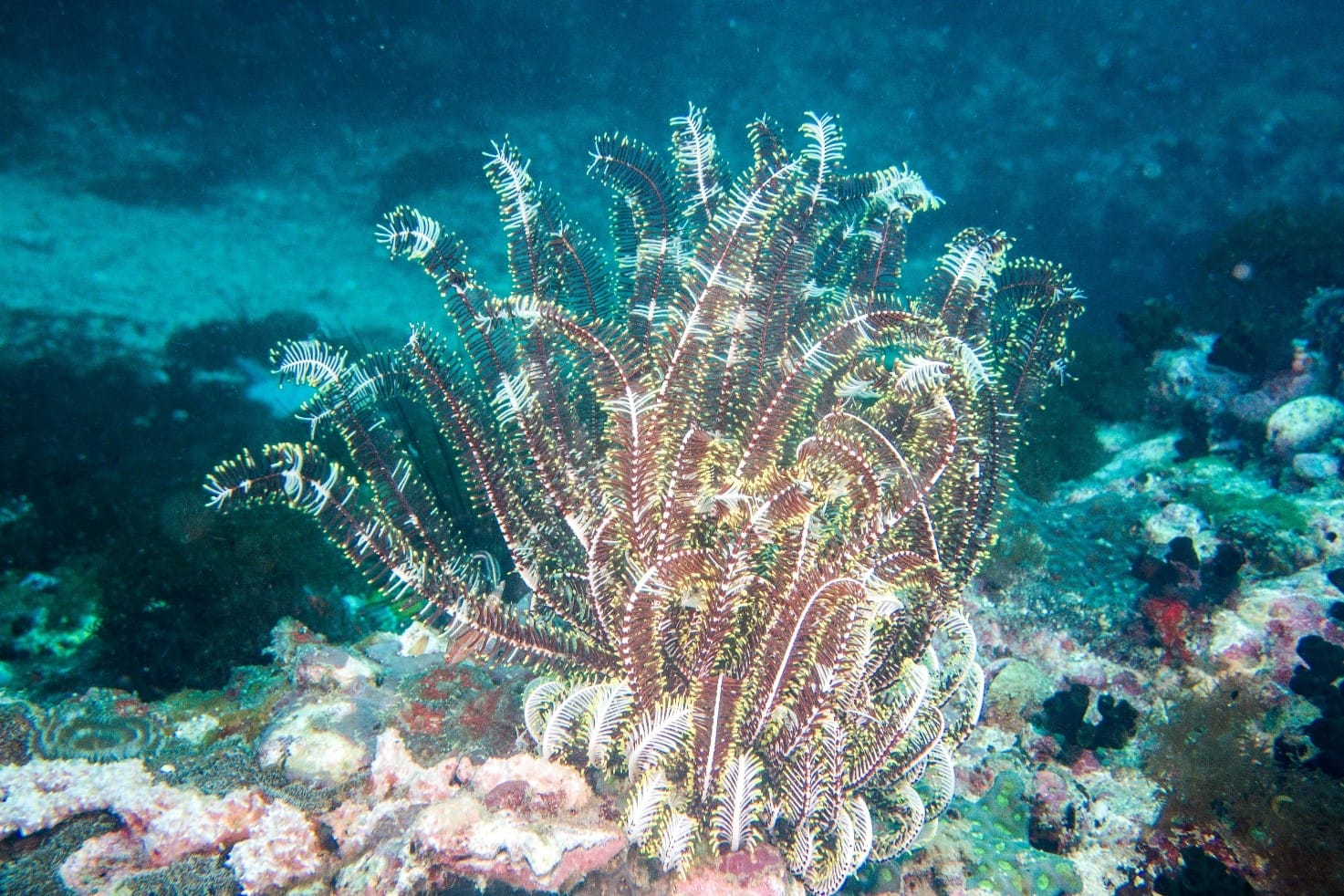Aqua Map Blog
The most beautiful barrier reefs
2021, May 28th
A colourful land of mystery and surprise!
This is what await us under blue ocean waves.
Oceans and seas are incredible elements of beauty, with a fascinating mix of underwater gardens and marine life. Great importance have to be given to the stunning coral reefs, 2% of the ocean seabed, which act as a protection mechanism to coastlines and a home to an array of ecosystems.
Coral reefs can only be seen in the oceans of tropical and subtropical regions. However, deep sea corals can also survive in cold water, nearly 20 000 feet under the sea where the sunlight cannot reach.
The largest coral reef in the world is in Australia, so massive it can be seen from space, but there are other wonderful significant examples. Starting from Australia, there are unique marine ecosystems around the world.
Great Barrier Reef – Australia
One of the seven natural wonders of the world of all time. It was stated a world heritage site in 1981. Stretching 2,300 km in northern Queensland, the reef is made up of over 3000 individual reef systems and hundreds of pristine white sand Islands, frequented by locals and tourists every year.Blessed with breath-taking beauty, the Great Barrier Reef guarantees magical experience to those who dare to dive and explore its treasure.
The world's largest collection of corals, over 400 types, 1500 species of colourful tropical fish and many other sea creatures as dolphins, mollusks, stingrays, coral sponges, sea snakes, dugongs, sharks and turtles, which all together give life to the huge, amazing, underworld “community”.

Photo: Chad Taylor (year 2020)
New Caledonia Barrier Reef – New Caledonia
The Coral Reef of New Caledonia is a paradise of several biological species. It is the second largest double barrier reef in the world, a Unesco World Heritage Site since 2008, a wonderful and sensitive creation of nature, which surrounds the largest island of New Caledonia, the Grande Terre Island.The huge coral lagoon is the largest in the world with an area of 24000 km² and is home to a large number of animals species.
Over 15,000, of which over 2,000 "fish", many of which are considered endemic, unique species unprecedented in many places in the world, over 5,500 "mollusks", over 5,000 "crustaceans", over 600 "sea sponges" and over 350 " algae” and various species of turtles including the green sea turtle, which loves to reproduce here. Then, among the fauna species, the sea elephant, the Nautilus species, an ancient cephalopod of 450 million years and many sea birds, over 23 species, such as the Brown Noddy, the Sooty Tern, really precious for birdwatchers.

Photo: Alexander Van Steenberge (year 2019)
The Grand Central Station and Chimneys – Fiji
Grand Central Station and Chimneys, located in Fiji, known as the "soft coral capital of the world", is home to an abundance of coral and marine life and has a reputation as a diver's paradise.The best in Fiji is the Namena Marine Reserve which offers world-class diving, thanks to its diversity of habitats with exotic algae, sponges, giant mangrove forests and around 400 species of soft coral.
Namena is a migratory route for cetaceans: bottlenose whales, minke whales, pilot whales, sperm whales and humpback whales often spend their time here during the months of June to August, raising and nursing their young.
For turtle lovers, Namena also offers one of the few nesting beaches for green turtles and Hawksbill turtles.
Grand Central Station (wall) and Chineys (pinnacles) are the two best sites in Namena.
Sea creatures abound: the Chimneys feature two coral towers adorned with soft corals of various colors, while Grand Central Station is known for the plethora of marine life the area attracts, including manta rays, marble rays, snappers. , tuna, hammerhead, whitetip and gray tip sharks and many more.

Photo: Nicolas Weldingh (year 2020)
Belize Barrier Reef, Belize
The Belize Barrier Reef is the second largest reef system after the Great Barrier Reef. A true intensity of bright colors such as red, purple, yellow and pink that stand out against the shades of blue of the sea.A UNESCO World Heritage Site since 1996, with more than 190 miles in length, it is part of the largest Mesoamerican reef system that stretches from Mexico to Honduras.
450 islands, 3 atolls and 7 adjacent marine reserves and a nickname, that of "Rainforest of the Sea", because over 25% of all marine species in the hemisphere live "the coral reef of Belize", making it one of the most rich in biodiversity of the Earth.
The deep and transparent water, warmed by Caribbean currents, hosts an extraordinary diversity of incredible marine life, estimated at 247 types of flora and varieties of algae, 65 types of coral, 500 different species of fish, hundreds of species of invertebrates, turtles , manatees, dolphins, hammerheads, blacktip, lemon, bull, tiger sharks and whale sharks during its annual migration, as well as red-footed boobies and countless other seabirds.

Photo: Costanza S.Mora (year 2020)
The Palancar Reef, Mexico
Located on the southwest side of Cozumel Island, one of the sunniest spots in North America, off the Yucatan Peninsula, Palancar Reef is a truly magnificent place.It is located within the Arrecifes de Cozumel National Park (Reef National Park), which is part of the Mesoamerican Barrier Reef System.
Often described as "the underwater garden of Eden", this coral reef on the Mexican island of Cozumel boasts flora and fauna in different colors.
Like a garden, Palancar Reef can enchant with its wonderful coral colors and the many exotic selections of lobsters, rays, crabs, barracudas, brightly colored fish, sea turtles, seahorses, toad fish, giant anemones and fire corals.
A truly breathtaking sight.

Photo: Jules Marvin Eguilos (year 2020)
Red Sea Coral Reef – Red Sea
The Red Sea Coral Reef is an extraordinary underwater world located between two of the hottest and driest deserts in the world: the Sahara and the Arabian desert. For this reason the Red Sea Coral Reef is really strong and able to withstand even extreme temperature changes.This extraordinarily resilient reef ecosystem could emerge as one of the planet's largest marine refuge from climate change.
It is more than 5000 years old, it is the northernmost tropical sea in the world, it is one of the longest-lived coral reefs in the world and the largest coral reef system in all of Africa, which stretches along 4,000 km of the Red Sea coast.
Although accessible from the Asian country of Israel, the reef is considered part of the African continent, extending between the coasts of Egypt, Sudan and Eritrea.
The reef system is comprised of an abundance of aquatic life, lagoons, cylinders, and platforms and is deeper than most reef systems around the world.
It is home to 300 hard coral species and around 1,200 fish, but the number of identified species continues to increase, while ten to twenty percent of the Red Sea fish species are unknown anywhere else in the world.

Photo: Nariman Mesharaffa (year 2020)
Tubbataha Reef, The Philippines
Tubbataha Reef Natural Park covers 96,828 hectares. Since 1993, a UNESCO World Heritage Site, thanks to its "pristine coral reef", vast lagoons and two coral islands, recognized as one of the best dive sites in the world. It is located 150 km southeast of the city of Puerto Princesa, in the heart of the Coral Triangle, consisting of two huge coral atolls - the north atoll and the south atoll - and the Jessie Beazley Reef, a smaller coral structure at about 20 kilometers north of the atolls.Rising from the volcanic depths of the Sulu Sea in the western Philippines, it is one of the oldest ecosystems in the Philippines and is home to some of the most beautiful and colorful coral reefs in the world. An underwater nature reserve considered both a mecca for divers and a model for coral reef conservation. An extraordinary underwater landscape composed of vibrant corals and marine life: 600 species of fish, 360 species of coral, 11 species of sharks, 13 species of dolphins and whales, as well as Hawksbill and green sea turtles.

Photo: Terry Crookes (year 2020)
Coral reefs are kissed by Mother Nature, but beware, they are in danger. Thousands of years to form a medium-sized coral reef could be erased forever for human activity. For this we must preserve them, so that the next generations can enjoy them.







